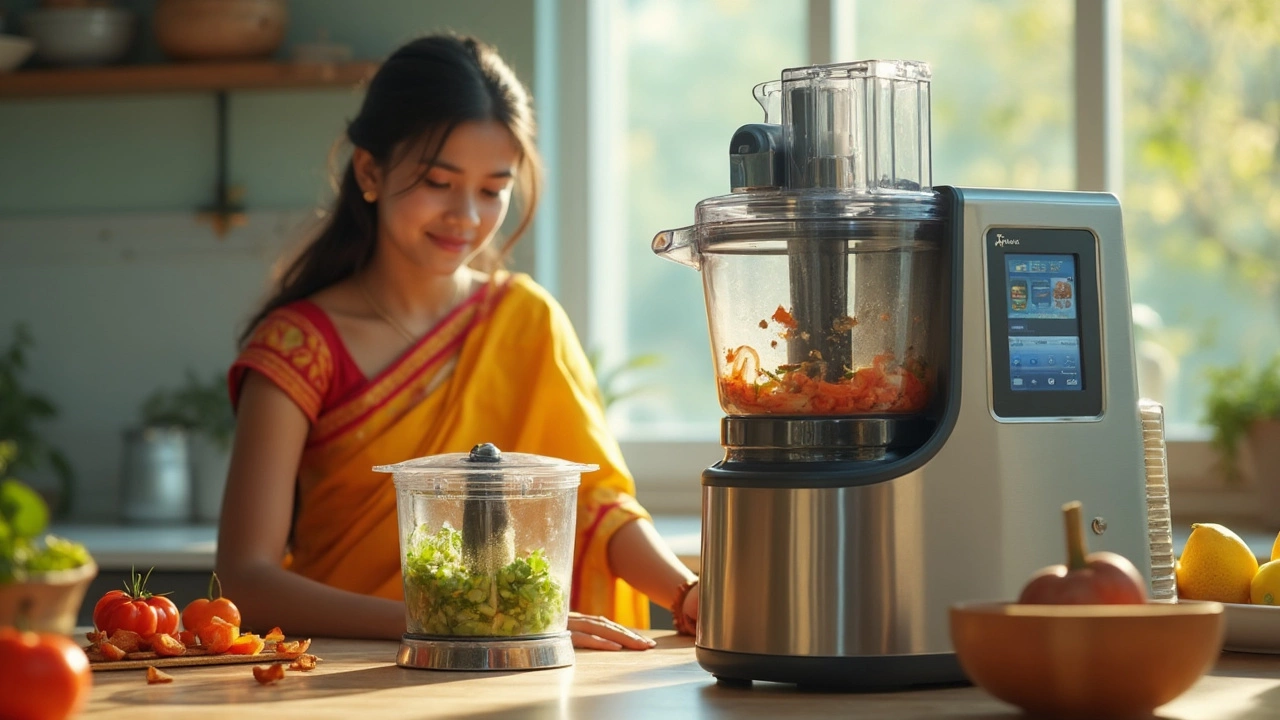Food Processing Equipment: What You Need to Know
If you’re in the food business, the right equipment can make or break your operation. From chopping veggies to sealing ready‑to‑eat meals, each machine has a specific job and a big impact on speed, quality, and safety. In this guide we’ll break down the most common gear, point out what to look for when buying, and share a few tips that can save you time and money.
Key Types of Equipment
First up, the basics. Most plants start with primary handling gear – conveyors, hoppers, and sorters that move raw material from receipt to the first processing step. Next come size‑reduction machines like slicers, grinders, and mixers. These shape the product and create a uniform texture, which is critical for consistent cooking or packaging later on.
After the product is formed, thermal equipment steps in. Steam cookers, ovens, and fryers apply heat to kill microbes and set flavor. If you need a longer shelf life, look at preservation gear such as pasteurizers, aseptic fillers, and vacuum sealers. Finally, packaging machines wrap it up – everything from simple flow wrappers to complex cartoning lines that label, weigh, and palletize.
Choosing the Right Machines for Your Plant
Don’t just pick the biggest or newest model. Start by mapping your product flow: where does the raw material enter, what transformations happen, and where does it exit? This map tells you the capacity you need and the exact functions each machine must perform.
Next, think about maintenance. A piece of equipment that breaks down often will cost more than a pricier, reliable model. Ask the vendor about spare parts availability, service contracts, and how easy it is to clean – hygiene rules in food processing are strict, and downtime for cleaning can add up.
Energy use is another hidden cost. Modern machines often have variable‑speed drives and smart controls that cut electricity usage by up to 30 %. If you’re setting up a new line, compare the energy rating of each option and factor it into your total cost of ownership.
Automation can boost output without adding headcount. Simple PLC‑controlled conveyors keep product moving at the right speed, while vision‑system checkers spot defects before they reach the packer. Even a modest upgrade like a programmable mixer can reduce batch variation and improve consistency.
Finally, don’t forget compliance. Check that the equipment meets local food safety standards – for India that means FSSAI approval, and for export markets you may need ISO 22000 or HACCP certification. A compliant machine saves you from costly re‑work later.
To sum up, the best food processing equipment is the one that fits your product, fits your budget, and fits your safety plan. Take the time to map out your process, compare maintenance and energy specs, and verify compliance before you sign the purchase order. With the right gear in place, you’ll see smoother operations, happier customers, and a healthier bottom line.
